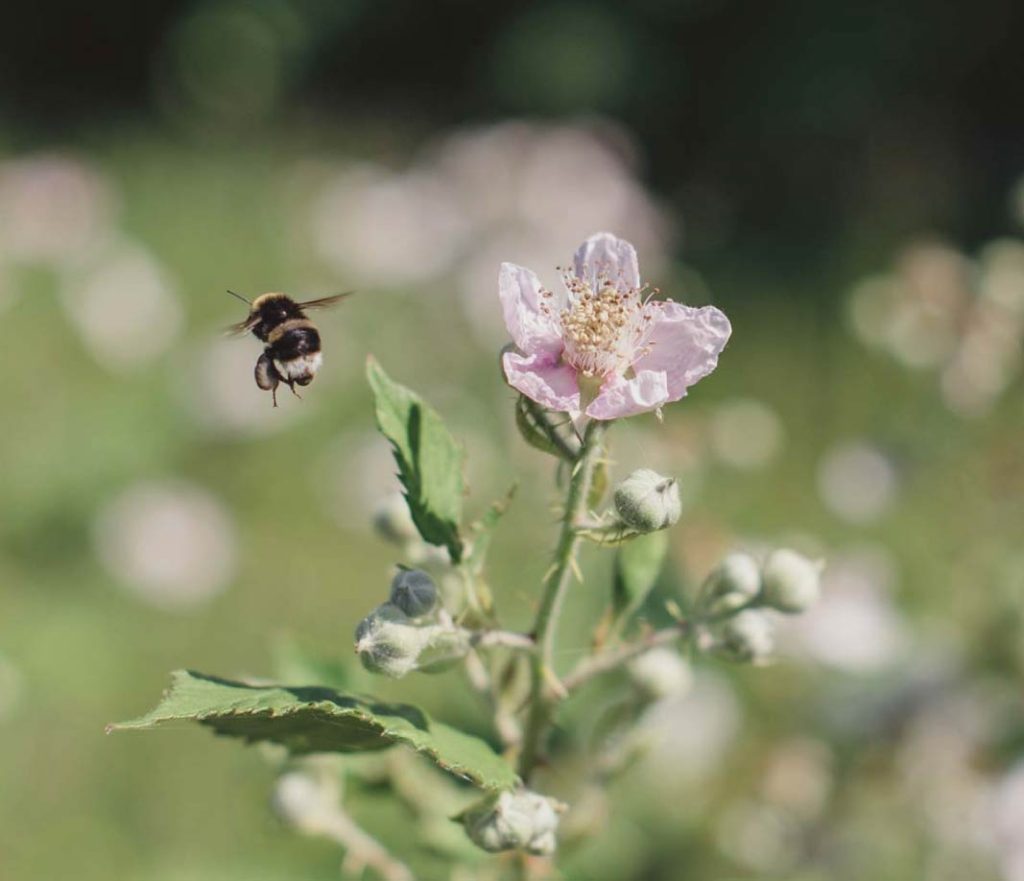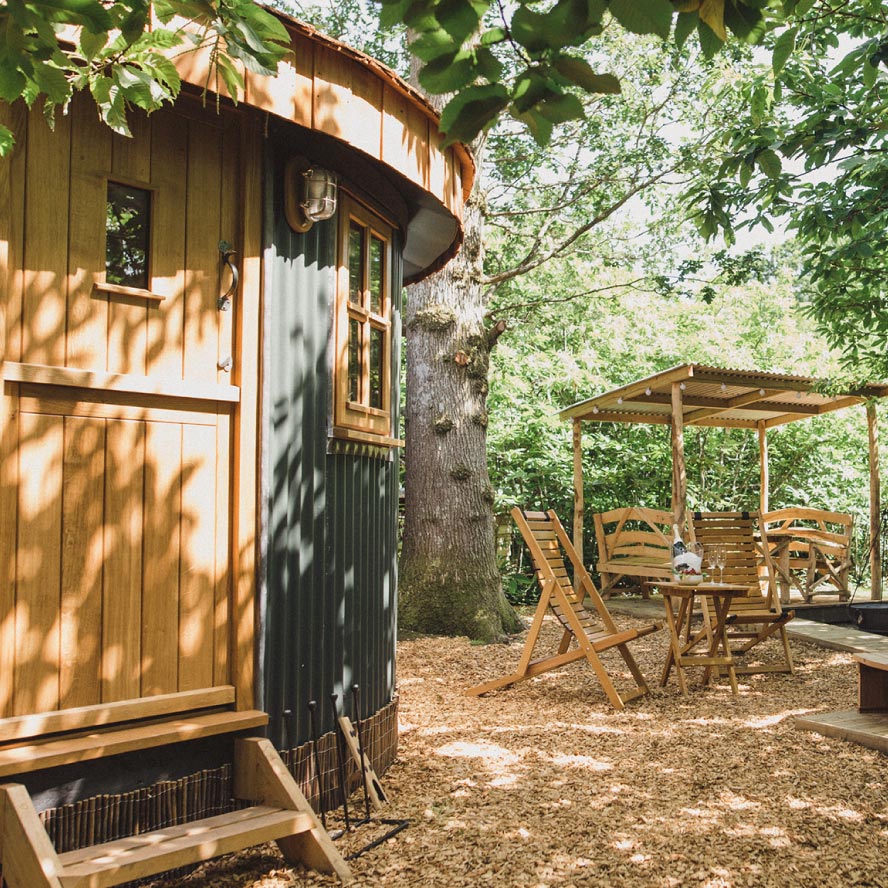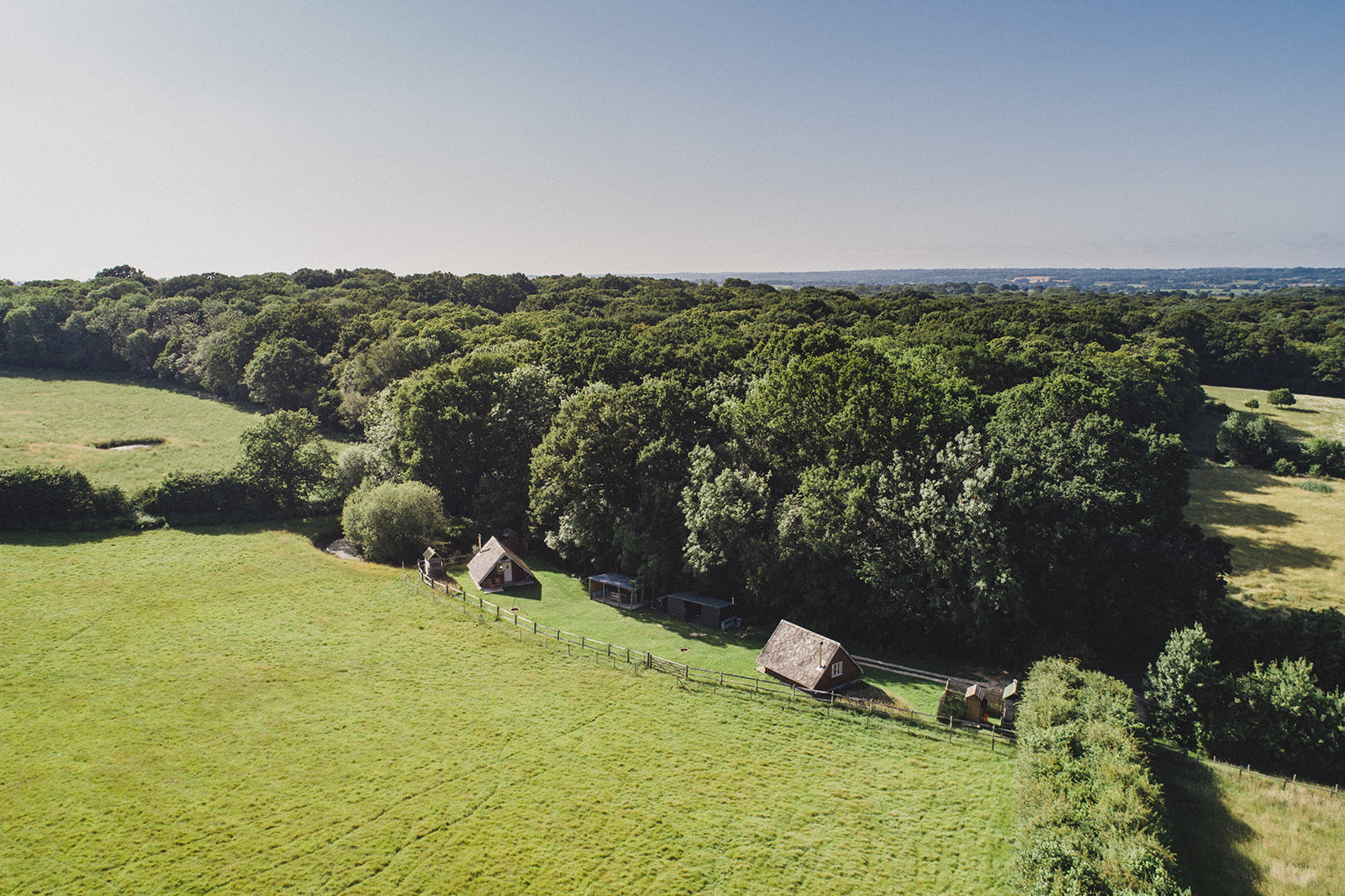Visitors to Swallowtail Hill may have noticed that our established hedgerow is traditionally laid. Or to be more accurate you might simply have noticed that our hedgerow looks different from other hedges you see and you may have wondered why on earth we do this and how this hedging ‘look’ is achieved.
The countryside technique is now mainly seen in the UK and Ireland, but it is ancient. Apparently the first description of hedgelaying is in Julius Caesar’s ‘Commentaries on the Gallic War’, when his army struggled through thick woven hedges during battles in Belgium!
Traditionally hedge laying was developed as a means of containing livestock in fields, particularly after the acts of enclosure in England in the 16th Century. Today we use laid hedges to maintain habitats and also to ensure the survival of traditional skills.
As a nature reserve, habitat creation is very much a part of our remit, while the laid hedges look really attractive, they do much more than look pretty! They provide corridors of shelter and food for all sorts of birds and mammals, and of course they also help us manage our stock by keeping the sheep safely enclosed. It is a way of conserving both the landscape and the wildlife it supports for future generations.
This month we’re having the hedgerow that surrounds the Pillrags meadow laid – that’s around 500 metres. Bill Daniel is a champion hedgelayer (yes there are competitions for this!) and he’s busy with the task. On a good day Bill can lay up to 40 metres of hedgerow.
There are lots of regional variations in style and technique but all of them are about the process of bending and partially cutting through the stems of a line of shrubs or small trees close to ground level, and then arching the stems without breaking them so that can grow horizontally and be intertwined. Shoots from the now horizontal stems grow upwards and the two create a thick lattice of hedge. Bill lays hedges in the South of England style.
Through laying the hedge we are essentially regenerating the trees, allowing continuity in the hedgerow. This means we can keep the hedge working for much longer than its natural lifeline. Without this regeneration a hedge will mature and start to die. Gaps would appear, becoming larger and larger, until we’d be left with just a few gnarly old individual trees. You’ll note that this technique has much in common with the coppicing of our trees in the wood – which continues the life cycle of the sweet Chestnut indefinitely.
Bill uses a small chainsaw to make the pleach. The pleach is the three-quarters-cut part of the stem that will allow the branch to be carefully bent and laid. The accuracy of the depth of the cut made is vital – it needs to be thin enough to allow the stem to lay, but enough of the stem needs to remain so that sap can still draw up through the stem to keep the tree alive and establish new growth.
The laid stems are known as ‘liggers’ and give good thickness at the bottom of the hedge, but they will also sprout new upward branches very quickly. The coppice stool left on the original tree from which the liggers ‘lig’ is the most important part. It is vital that new strong stems spring from the coppice stump – this is because when the hedge is laid again in future years, all the old liggers will be cut away and the process will be restarted from the original tree. So it is always the youngest, strongest stems that regenerate the plants and allow the continuity of tree growth beyond it’s natural age. Clever huh?
Hedgelaying declined after the second world war as a consequence of the introduction of farm machinery to cut hedges, wire fences, shortage of labour and a new emphasis on intensive production. By the 1960s traditional laid hedges were becoming a thing of the past – as they weren’t maintained and so began to die out. Many old hedgerows were removed so that farms could make larger fields that could better accommodate giant farm machinery needed for more intensive farming methods. But those changes directly impacted on biodiversity. The sympathetic management of our hedgerow means that the lifecycle of the hedge is protected, but so are the habitats and food sources for some of our most precious birds and small mammals. The craft is one to be cherished – it helps us preserve the past and protect the future.
The hedgerow work we’re doing this year has been done with the support of Sussex Lund, a foundation that enables small scale practical projects that improve the landscape of the High Weal Area of Outstanding Natural Beauty.
We're on Instagram.
Follow us for the latest updates, stories, reviews and much more.
Awards & Accreditations













